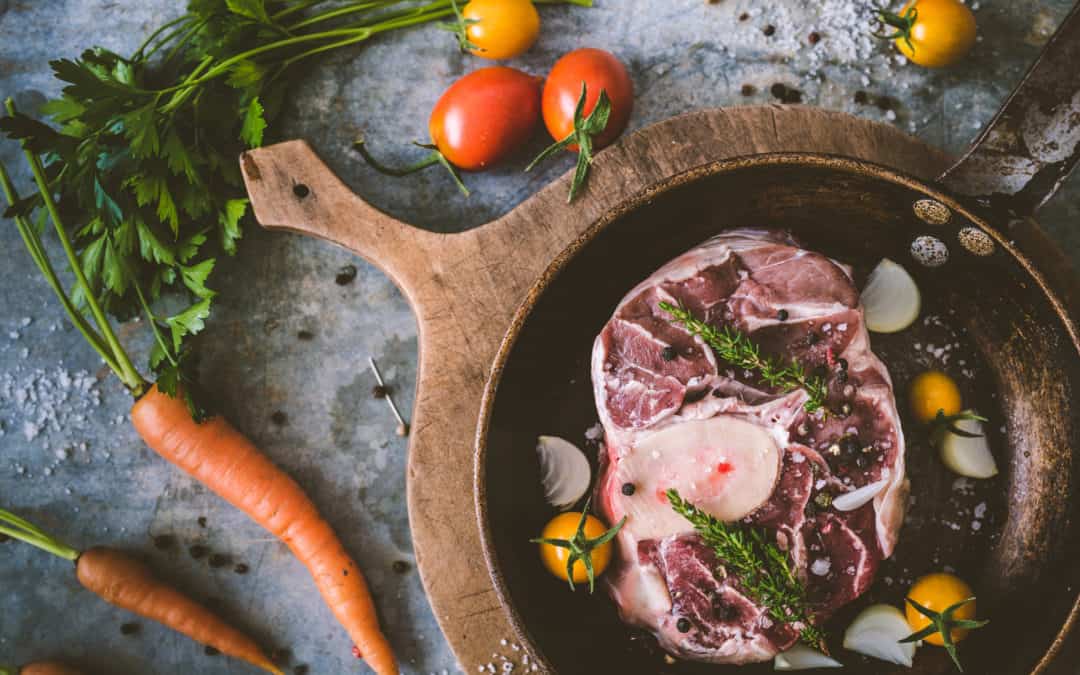Toscano is considered to be the Italian version of the classic Sicilian tomato-based lasagna. It is made with a long, spiraling rind from a Sicilian tomato plant. It is one of the most popular Italian pastas of all time. According to legend, Piazza Navona was once a church ruined due to plague. The reeds from the plant were used to cure people of disease, but unfortunately, the plague came instead.
The “Bianco” is the broth from which the osso bucco base is made. Toscano is typically made from tomatoes (and onions if it’s being made with onions), onions, mushrooms, a bit of pepper, salt, and oil. There are many versions of the traditional broth, but there are variations too. There is the traditional broth of red wine vinegar, stock or water, fat of some kind, a bit of mustard seeds, and a bit of salt pepper or Cayenne pepper. There are also some vegetable-based bases, like vegetable broth, stock or water, a bit of olive oil, and vinegar.
There are also two special versions of osso bucco that are made with lean meats. There is the meaty broth of prosciutto, using ham or chicken (depending on your availability). Then there is the version that uses only shaved chicken (or pork, depending on your availability). Both of these cuts have their strong flavors and good texture. In fact, these two cuts are actually very similar to each other.
To prepare this classic Roman food, start with some white bread (not whole wheat) and some low-fat milk. Season the bread with kosher salt and mix in some minced beef or pork, some onion, mushrooms, garlic, pepper, and any seasonings you like. Spread some olive oil on the bread and spread a thin layer of tomato sauce over the top. Place the whole bunch of thyme onto a slice of bread and bake it. When it’s done, pull it out of the oven and cut into halves. Add half of a teaspoon of the reserved marjoram and put those halves on top of the beef osso bucco as well.
Bring the oven up to temperature appropriate for baking. In my case, this is 350 degrees. After removing the halves of meat and veggies from the oven, I cut them into quarter-inch pieces. Using a fork, mash the chopped pieces until they are about the same size as peas, and then place them on the prepared baking sheet in the oven.
Meanwhile, I prepared my parsley, onions, and tomatoes for the next stage of my Italian lentil soup. Start by chopping up several cloves of garlic. Then add in about a tablespoon of dried thyme, as well as about a half a teaspoon of dried oregano, and some chopped fresh parsley. Any good Italian herb guide will tell you that oregano adds a lot of flavor to the lentil soup. Also, keep your eye out for black pepper, which serves as the key ingredient for kicking up the spices in the soup.
When these vegetables are chopped up, mix them together with some olive oil, some salt, and pepper to taste. Cover the bottom of your pot with uncooked, sterilized foil, then lay down the uncooked pasta on top of the foil. When the pasta and meat mixture is completely covered in the vegetable mixture, place them into the pot of warm water that you made earlier. Bring it to a boil, then reduce the heat while you simmer the pasta.
Drain off the pasta after a few minutes, and discard the solids. Then add in your lemon zest, minced garlic, Rosemary, sage, and your red and green oregano. Stir to mix everything together. Bring the mixture to a boil, then cover the sauce in plastic wrap and let sit for at least four hours, which will give the vegetables ample time to soak up all the flavors from your Italian lentil soup!



